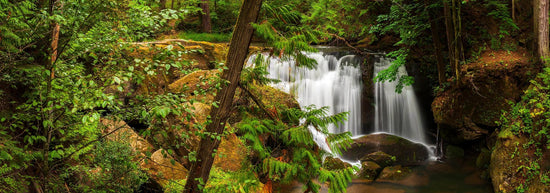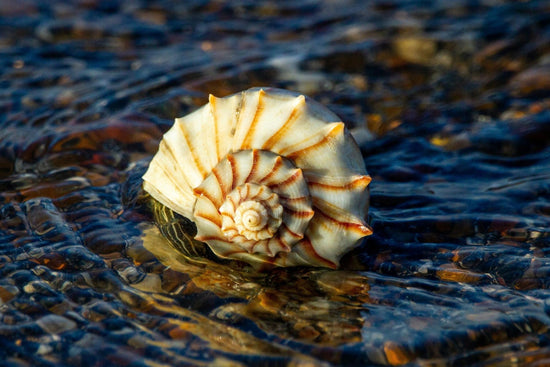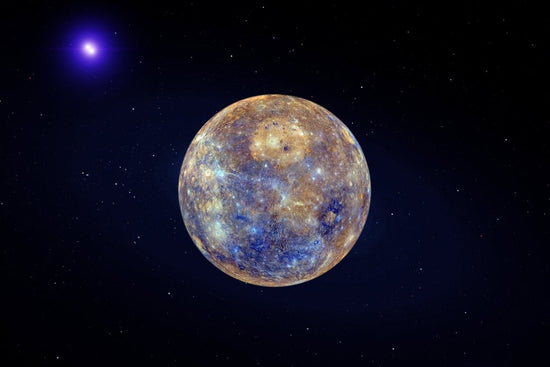Learn more about our partnership with Conservation Northwest!
A tiny, buzzing, jewel-toned blur flits in and out of your peripheral vision and your breath catches mid-sentence. Your eyes go wide, scanning the nearby branches for a flash of color. And when you spot the little iridescent fellow with his itty bitty needle beak, does not your heart rejoice?

The Metaphysical Hummingbird
There is something special about hummingbirds, and humans have felt that way for eons. The Aztecs wore hummingbirds as talismans and symbols of sexual potency, energy, and combat excellence. Their god of Sun and war, Huitzilopochtli, was often depicted either as a hummingbird or wearing hummingbird feathers. The birds were believed to carry messages between living people and their gods or ancestors, and to embody the spirits of fallen soldiers. Similarly, in the Caribbean, hummingbirds were believed to carry the spirits of departed loved ones. They are also currently the national bird of Jamaica.
To many Indigenous North American tribes, the hummingbird is a healer, and a symbol of love, joy, and good fortune. The Hopi and Zuni people painted the bird upon water jars in honor of a legend that says it was the hummingbird who convinced the gods to bring rain.
To the Coast Salish people, whose unceded land we currently occupy, the hummingbird is a symbol of friendship, playfulness and joy, and a harbinger of good things to come. One story recounts a very special flower, whose bloom was anticipated by all, and brought such joy to the world that Raven turned it into a bird.
The story says, "Raven gave the bird a special gift - to fly like sunlight flickering through tall trees. He also gave it a message to take to all the flowers. That's why today we see Hummingbird buzzing from flower to flower, whispering a message. Hummingbird is thanking each flower for making our world a more beautiful place."

Hummingbirds in Nature
The hummingbird is a "keystone species" - part of an ecosystem that, if removed, would cause devastating change. Like the bee that inadvertently collects pollen on its fuzzy legs as it bumbles blossom to blossom, the hummingbird transfers pollen when it dips inside a flower to drink its nectar and the flower's stamen and pistils brush the bird's forehead as it feeds.
At least 150 species of North American plants seem to be specialized for hummingbirds, blooming longer than other flowers, and appearing in shapes conducive to the birds' singular method of feeding on nectar. Clearly, the message these little birds are whispering to each blossom is of the utmost importance! And they're spreading it to one or two thousand flowers a day.
Their little hearts beat 1260 times a minute when they're awake, and slow to under 80 beats per minute while they rest in a state called torpor. This ultra-fast metabolism is why they must almost constantly be feeding, consuming up to twice their body weight in a day. It also contributes to their feisty, territorial nature, as they must compete for nourishment.

Hummingbirds at Home
Fortunately, you can welcome their visitation to your home and help them meet their needs simply by keeping a floral garden without pesticides - abundant with beneficial bugs - and a shallow source of water. Hummingbirds have great memories, and will come back in subsequent years to revisit favorite food sources, which means you can easily make your garden an annual hummingbird hub!
These birds love lobelia, lilacs, bleeding hearts, trumpet vines, lupines, and butterfly bushes. It's true that they're attracted to the color red, but once they find your garden delicious, they won't discriminate!
(Speaking of the color red, though, do resist the urge to tint your hummingbird feeder syrup. If you're keeping a feeder [1 part sugar to 4 parts water!] you can always add a touch of red with paint or ribbon on the feeder itself, but our feathered friends are better off without dyes in their food!)
With their shimmering feathers and extraordinary aerodynamics, it is no wonder the sudden appearance of one of these sweet little spirits can hush a chattering cohort into collective, momentary reverence. One need not ever be told that the hummingbird is a good omen to know it. We just seem to know it. And we wish you hummingbirds.

Can't get enough of the hummingbird spirit in your life? Try the brand new Hummingbird Incense, benefitting Conservation Northwest! Inspired by the unbound exuberance of the bird itself, it's the most floral scent our Master Crafter has ever created, with calming ylang ylang and a sweet bouquet of citrus over subtle, uplifting garden peppermint. A dollar from every box of Hummingbird sold goes directly to this incredible environmental nonprofit doing hands-on work to restore wildlife!





